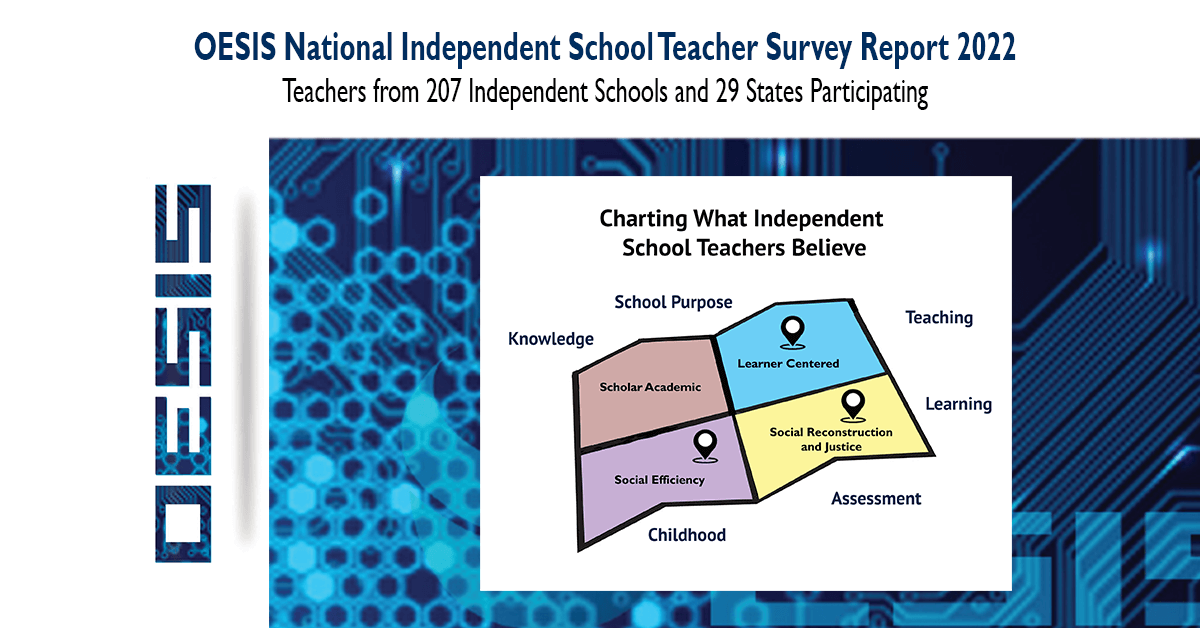September 13, 2022
The OESIS Independent School Teacher Survey Report 2022, written by OESIS President Sanje Ratnavale, will be released shortly. In the interim, the Intrepid Ed News Research Team is providing a summary and comments that will give you an idea of just how revealing and groundbreaking the information from the survey is. Some of the most important conclusions are:
- There are some very important nuances for DEI teams regarding how teachers are thinking about the alignment of their roles with those of DEI teams.
- There is important information for HR officers and Deans of Faculty to consider in the faculty recruitment process.
- The results should inform those in charge of professional development on what is emerging about teachers’ views on the nature of knowledge, the importance of critical thinking, and summative vs. formative assessment and feedback.
Summary
(Part 3 – Executive Summary in the actual report)
The OESIS National Independent School Teacher Survey collected data in June 2022 from 343 teachers: 207 total schools from 29 states were represented by these teachers; 95% were independent schools, 20% had religious affiliations, 20% were boarding, and 17% were single-sex. A broad distribution of teachers by discipline was…


